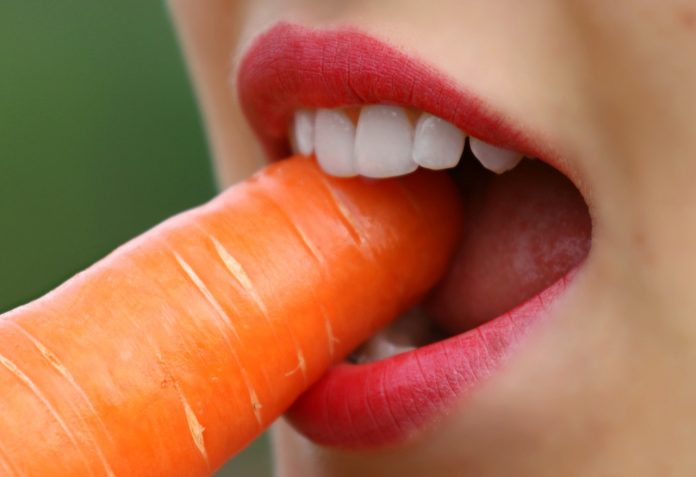
Adult milk intolerance is usually caused by lactose the sugar in milk. Whereas, infant milk allergy is triggered by casein, the protein in milk. Do you know if you are lactose intolerant or allergic to milk protein? Have you had a milk allergy since you were an infant? If you are not sure, go see your doctor to find out because your food choice options depend on whether you have lactose intolerance or milk allergy.
If you are allergic to milk protein, then do not eat any milk or milk products or foods containing milk ingredients. Be an avid food label reader and look for milk ingredients like milk, milk solids, whey, curds, casein, cheese, cream, milk by-products, dry milk solids and non-fat milk powder. If you don’t cook, I would suggest learning how to cook so that you know what is in the foods you eat. When ordering food in a restaurant, ask if any foods you want to order contains milk, cheese (any kind), cream, yogurt, ice cream or sherbet. Many sauces contain milk or cheese so I would suggest avoiding foods with sauce unless tomato sauce not made with milk or cheese. Italian, French or Vienna bread typically are not made with milk. To be sure, read food labels.
If you are lactose intolerant, you should tolerate Lactaid. It is lactase enzyme that you add to a milk carton to digest the lactose before drinking. After 48 hours, most of the lactose (90%) is digested to simpler carbohydrates, galactose and glucose, which should not cause lactose intolerance symptoms. Sweet acidophilus milk contains lactose and is not generally recommended for lactose allergies.
Most persons with lactose intolerance can usually tolerate amounts between no milk up to a maximum of 2 cups per day. Tolerance to milk can be improved by drinking milk with meals, milk with higher fat content or chocolate milk instead. New research suggests that lactase deficient people can improve their tolerance to milk products by consuming small amounts periodically during the day.
Salt-free butter usually contains fewer milk solids than salted butter. Read the food label of butter and margarine to find milk free spread. Aged cheeses (cheddar and Swiss or dry curd cottage cheese) are usually low enough in lactose to be tolerated in small quantities. Yogurt with active cultures contains lactase enzyme and helps digest lactose. Tofu frozen desserts can be substituted for milk based ice creams.



